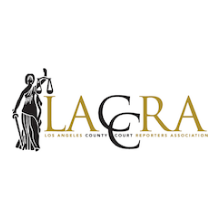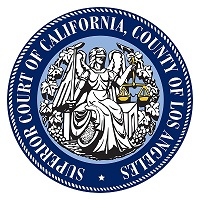CCRA Deafness Guidelines
Below are a few guidelines related to deafness that a CART provider is to be aware of, when providing services to individuals who have a hearing loss, or who label themselves Deaf or Hard of Hearing. This is by no means a replete list of guidelines, but is a minimum of core truths to be known by CART providers.
1. Every Deaf or Hard of Hearing person is an individual with differing residual hearing, from mild to moderate to profound deafness.
2. As CART providers, the service we provide is communication access, period.
3. Organizations of, by and for the Deaf or organizations which provide services to Deaf and Hard of Hearing persons are:
4. The NAD (National Association of the Deaf), the AAAD (American Athletic Association of the Deaf), the RID (Registry of Interpreters for the Deaf – American Sign Language Interpreters), and the NCI (National Captioning Institute).
5. Organizations of, by and for oral Deaf, late deafened, and people with hearing loss or organizations which provide services to this population are: The HLAA (Hearing Loss Association of America), the RID (Registry of Interpreters for the Deaf – Oral Interpreters), the AGB (Alexander Graham Bell Association), and the (NCI) National Captioning Institute.
6. The ADA (Americans with Disabilities Act) passed in 1990, signed into law by President George H. W. Bush. Title II provides for communication access.
7. According to the World Health Organization (WHO), there are 360 million Deaf and Hard of Hearing individuals, globally.
8. Speaking louder via shouting or over-emphasizing words read on the lips does not enhance communication; in fact, it often becomes more of a communication barrier.
9. Lipreading is a communication tool used by deafened and Hard of Hearing persons who have residual hearing, or by some profoundly Deaf individuals who are expert lipreaders. As such, an expert lipreader is able to understand only 35% of what is spoken, via lipreading. Some words that start with the letters “F” and “V”, and “B” and “P”, look the same. Also, words like “fifteen” and “fifty” look the same.
10. CART providers do not replace ASL interpreters, as Deaf people who use American Sign Language will prefer interpreters whenever possible and may have difficulty reading English.
11. Sign language interpreting is not a functional means of communication access for those who do NOT know and do NOT use American Sign Language (ASL); one has to be fluent in American Sign Language to successfully depend on sign language interpreter.
12. Hearing aids or cochlear implants for the ears are not the same as glasses or cornea replacement surgery for the eyes.
13. A person who labels himself or herself as “Deaf” with a capital “D” is culturally part of the Deaf Community and uses American Sign Language to communicate. They relate to being part of a strong and vibrant community with a language different than English, a culture different than “hearing”.
14. A person who labels himself or herself as “deaf” with a small “d” is culturally a hearing person, and uses primarily written and spoken English to communicate. They relate to having a hearing loss.
15. The Oral Method of Deaf education includes hearing amplification (hearing aids, cochlear implants, or FM Wireless systems), speechreading / lipreading, speech therapy, and may include CART/Captioning services.
16. Many Deaf and Hard of Hearing people grew up attending a state residential school for the Deaf, where students, instructors and staff use American Sign Language; today, more and more Deaf and Hearing people attend local schools, which includes the provision of communication access through interpreters, CART providers, and/or assistive listening devices.
17. CART providers have a high standard of accuracy at near-verbatim delivery, and almost zero untranslates, in real-time to enable Deaf and Hard of Hearing people who can utilize such services, oral deaf individuals, late-deafened individuals and people with hearing loss to be included as participants in a variety of settings.
18. However, CART provision does not replace American Sign Language interpreting; it is another form of communication access.
19. Deaf and Hard of Hearing people do not identify any longer with the term “hearing impaired.”
20. It is important to look at the Deaf or Hard of Hearing individual and not cover the mouth, when speaking to the individual, whether directly or through an interpreter. Speak normally, at a moderate pace; raising your voice will not enhance communication, ever.
21. No two Deaf or Hard of Hearing or late-deafened person’s hearing loss is the same, nor do any two Deaf or Hard of Hearing people communicate in the same way.
|




